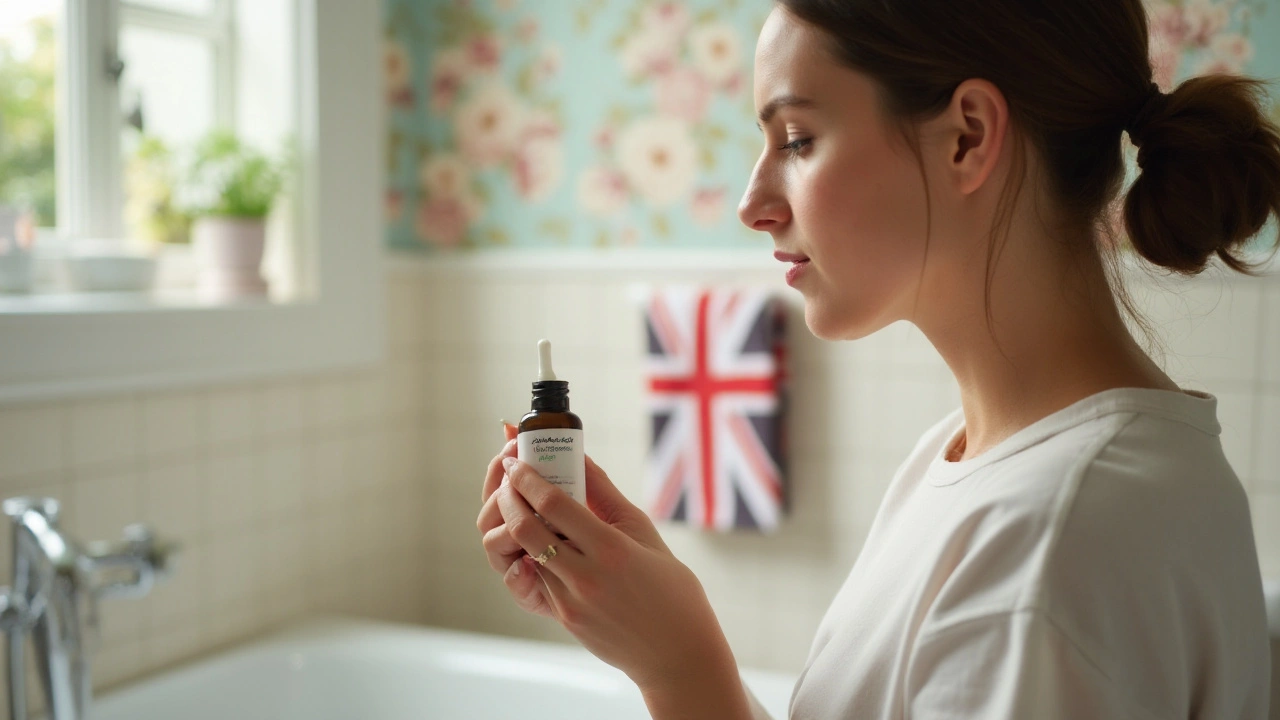Skincare Made Simple: Everyday Tips for Fresh, Healthy Skin
If you want skin that feels good and looks clear, start with basics you can fit into any routine. You don’t need pricey gadgets or complicated formulas – just a few solid habits.
Daily Basics You Can Trust
Cleanse gently. Use a mild cleanser that matches your skin type. Wash with lukewarm water, not hot, and keep the motion light. Rubbing hard can irritate the barrier and cause redness.
Moisturize while damp. After you pat your face dry, apply a moisturizer within two minutes. This traps moisture and keeps skin supple. Look for ingredients like glycerin or ceramides if you have dry patches.
Don’t skip sunscreen. Sun damage is the biggest cause of premature aging. Choose SPF 30 or higher, reapply every two hours when outdoors, and use a broad‑spectrum product to guard against UVA and UVB rays.
Hydrate from inside. Drinking enough water helps skin stay elastic. Aim for at least eight cups a day, and add fruits or vegetables with high water content, like cucumber and watermelon.
Beyond the Basics: Extras That Actually Help
Targeted treatments. If you deal with acne, dark spots, or fine lines, consider serums that contain proven actives – for example, niacinamide for oil control, vitamin C for brightening, or retinol for texture. Apply them after cleansing and before moisturizer.
Watch your diet. Foods rich in omega‑3s, antioxidants, and vitamins support skin repair. Include salmon, nuts, berries, and leafy greens to give your skin the building blocks it needs.
Get enough sleep. During deep sleep, your body releases growth factors that help renew skin cells. Aim for seven to nine hours a night and keep your bedroom dark and cool.
Avoid harsh habits. Smoking, excessive alcohol, and frequent touching of the face can break down collagen and spread bacteria. Cutting back on these habits gives your skin a clear advantage.
Putting these steps together creates a routine that’s easy to follow and effective over time. Start with one change – maybe adding sunscreen if you skip it now – then layer in other habits as they feel natural. Your skin will thank you with fewer breakouts, smoother texture, and a healthy glow that doesn’t need filters.
Remember, consistency beats perfection. Stick to the routine for at least three weeks before judging results, because real improvement takes time. If something still feels off, consider chatting with a dermatologist who can tailor advice to your unique skin type.
Azelaic Acid: A Gentle Solution for Sensitive Skin
Azelaic acid is making waves in the skincare world, especially for individuals with sensitive skin. Known for its anti-inflammatory and antibacterial properties, it can offer a range of benefits, from reducing redness to fighting acne. But is this ingredient the right choice for your delicate skin type? Discover how azelaic acid works, its potential benefits, and tips for incorporating it into your skincare regimen safely.
About
Health and Wellness
Latest Posts


The Connection Between Muscle Stiffness and Chronic Pain Conditions
By Orion Kingsworth Jun 18, 2023

Navigating Fibromyalgia Symptoms as You Age
By Orion Kingsworth Jul 19, 2024

Seized Counterfeit Medications: Real Cases and What We’ve Learned
By Orion Kingsworth Dec 30, 2025

